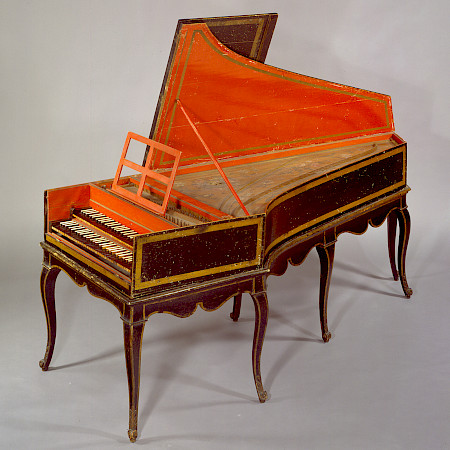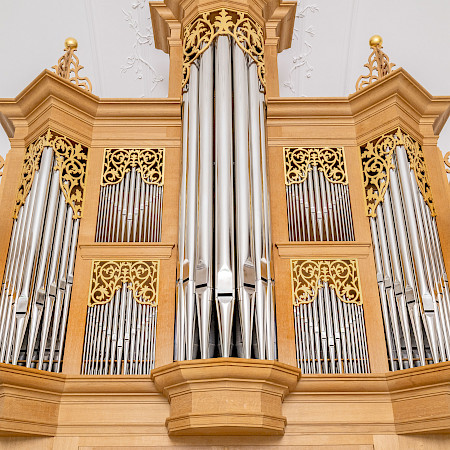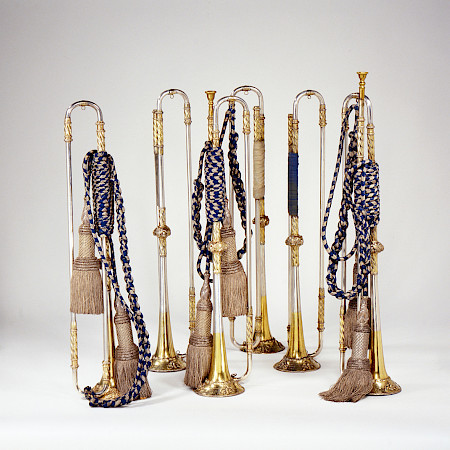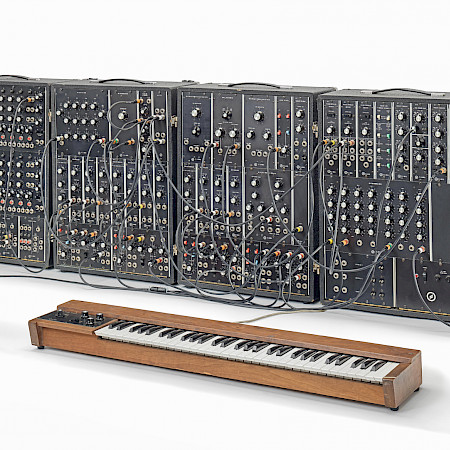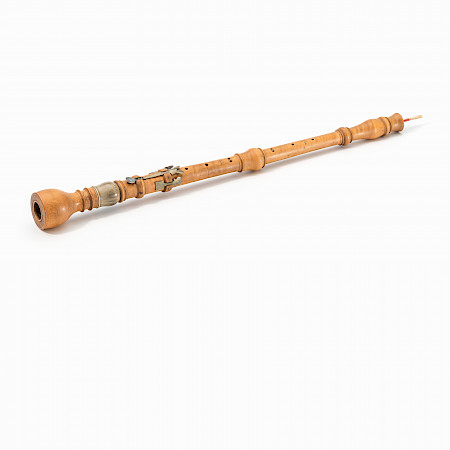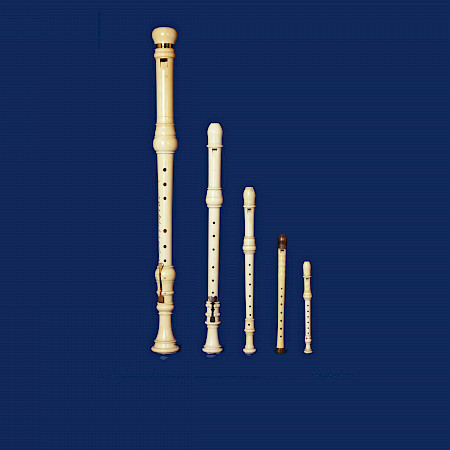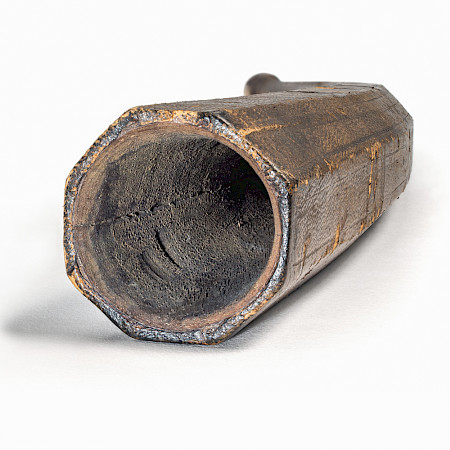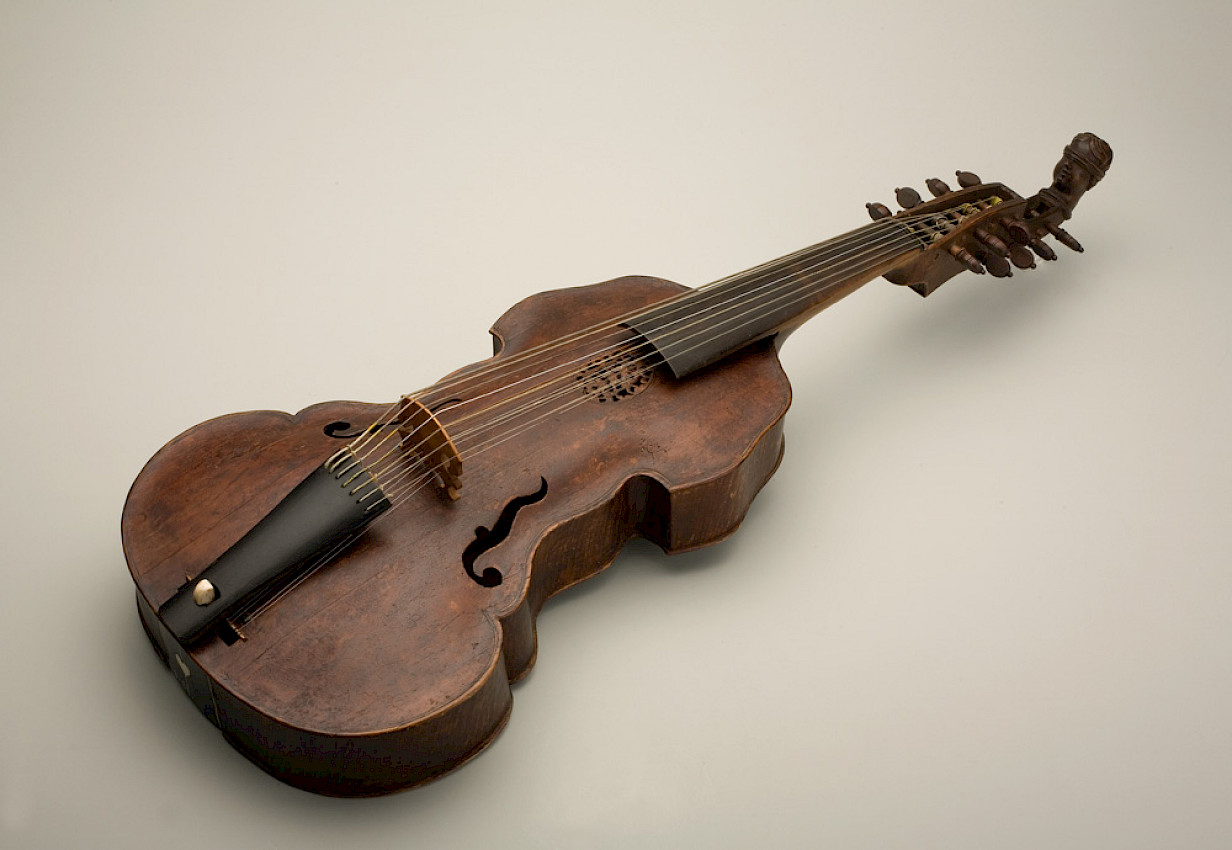
A smiling cupid with blindfolded eyes
16.10.2025,
The viola d'amore has only its approximate size (here approx. 80 x 27 cm) and the playing position "da bracchio", meaning "played on the arm", in common with the instrument known today as the viola or viola. Unlike the viola, it does not belong to the violin family, but to the viola family: These two "extended families" of string instruments differ significantly in terms of construction and playing style. The viola d'amore reached its heyday at the time of Johann Sebastian Bach.
Bach uses the instrument, for example, in the very intimate church cantata "Tritt auf die Glaubensbahn" (BWV 152). In the St John Passion, two viole d'amore are even used in the bass arioso no. 19 ("Betrachte, mein Seel, mit ängstlichem Vergnügen") and in the tenor aria no. 20 ("Erwäge wie sein blutgefärbter Rücken").
In Baroque Munich, the "court lute and violin maker" Paul(us) Alletsee was one of the best instrument makers. He learnt his trade in Füssen, at that time a Mecca for lute and violin making and the place where the earliest known viole d'amore were made.
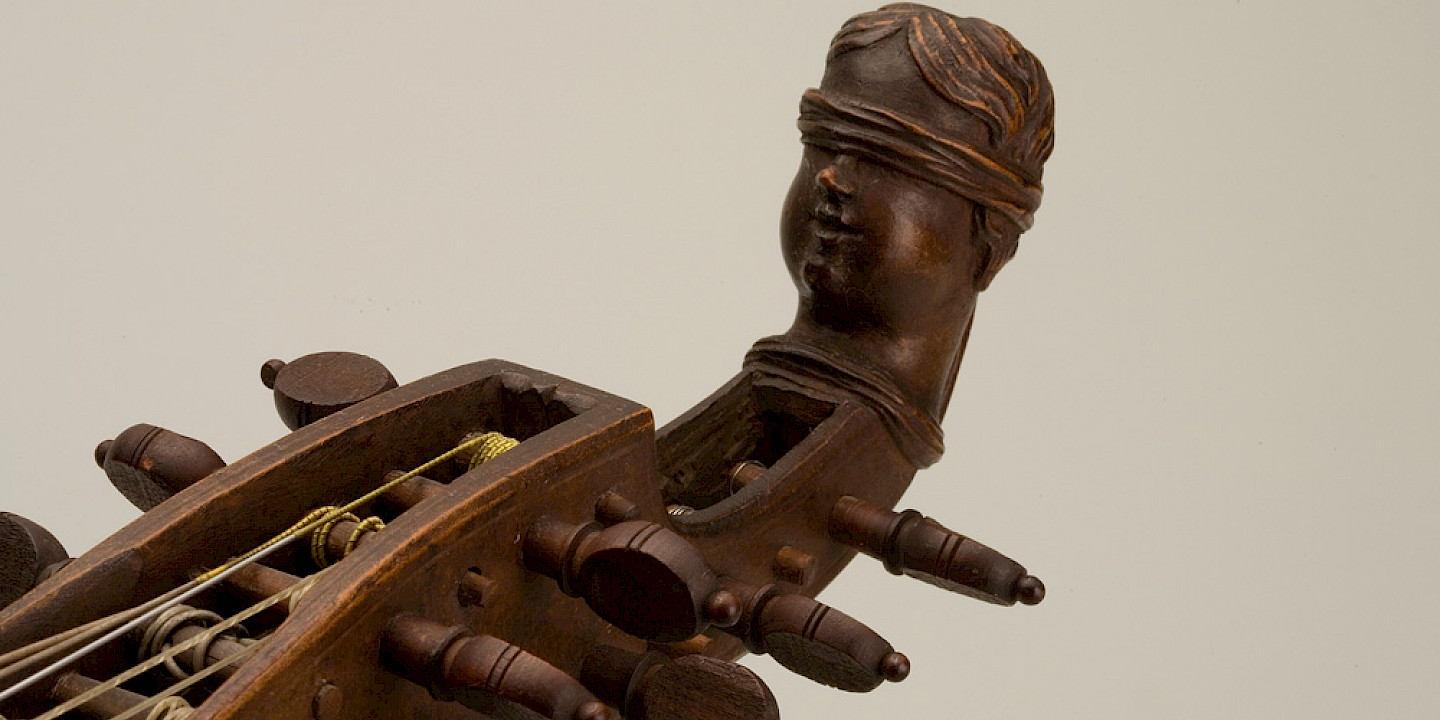
The five to (as here) seven playing strings of the viola d'amore are usually tuned in D major, but can also be adapted to the required key of the piece to be played; the resonance strings running under the fingerboard - eight in this example - resonate when the instrument is played and ensure a long reverberating, sweet sound, which has given the instrument its nickname "d'amore".
Like many viole d'amore, the one in the Munich City Museum has a richly curved body shape, and the bell rosette, the C-holes and the head at the end of the pegbox are skilfully carved. The head - a boy with a blindfold - probably represents Cupid or Amor. This is a reference to the "loving" name of the instrument, as is the small heart set into the lower frame. There is also a viola da bracchio (around 1720), a violoncello (1727) and a lute (1719) from the workshop of Paulus Alletsee in the music collection.
